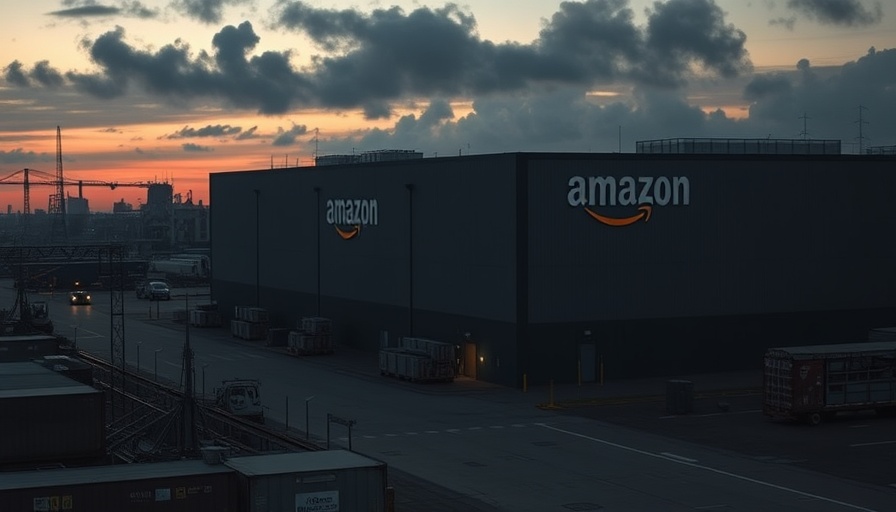
Unveiling The Toxicity of Modern Workplaces
The term 'toxic workplace' is sadly becoming normative in today's job market. Many employees find themselves in environments where excessive workloads, inadequate management, and poor communication are the norm. A recent wave of candid accounts on platforms like AskReddit has revealed jaw-dropping stories from employees who have bravely shared their experiences in particularly harmful work settings. Their narratives not only shed light on extreme toxicity but also resonate with a broader audience—those who have most likely endured similar struggles in silence.
The Cost of Workplace Toxicity
Employees often grapple with high-pressure situations and unrealistic expectations. For instance, stories highlight places where vacation time exists only in theory, or where sick leave is a myth. Employees recount having to decide between crucial time off for health reasons and the fear of being labeled as inadequate. These experiences not only foster a damaging workplace culture but also contribute to significant mental health repercussions, leading to burnout and decreased productivity.
Emotional Toll and Its Consequences
Every story shared contributes to a growing narrative on the emotional toll resulting from toxic work environments. As unnaturally high expectations breed anxiety, employees face the dilemma of constant hustle culture where work-life balance is sacrificed. The disheartening reality is that this constant stress can lead not only to deteriorating wellness, but also to diminished creativity and productivity within organizations. When employees feel unsupported, both emotionally and physically, the repercussions echo throughout the workplace.
Why It Matters Today
Understanding the landscape of workplace toxicity is more vital than ever. As more individuals share their stories publicly, it becomes crucial for companies to recognize the role they play in creating healthy working environments. With many employees continuing to prioritize mental health amid a chaotic and demanding job market, organizations must evolve. Signs of toxicity could lead to high turnover rates, loss of productivity, and increased recruitment costs for businesses.
Positive Changes in the Workforce
Fortunately, there is hope. Many companies are implementing innovative changes by putting employee well-being at the forefront of their operations. Initiatives like flexible working hours, improved communication channels, and mindfulness programs are transforming toxic workplaces into nurturing environments. Examples from successful transformations show that with the right strategies, companies can foster a culture that emboldens employees, thus driving success and sustainability.
Taking Action: A Move Towards Better Workplaces
To combat workplace toxicity, it's essential for employees to understand their rights and to know how to advocate for themselves. By recognizing red flags and seeking support through employee resource groups or mental health resources, individuals can empower themselves in their workplaces. Additionally, it’s important for all employees, at every level, to share their experiences that may lead to systemic change and workplace revitalization.
In today's competitive job market, ensuring a healthy work environment is crucial not just for individual well-being, but also for overall organizational success. As workplaces continue to evolve, employees must actively contribute to fostering environments that promote positivity and accountability.
Feeling inspired to advocate for healthier work conditions? Start talking openly about your experiences and support others who may feel similarly. Every voice matters, and together we can create workplaces that aren’t just bearable, but genuinely enjoyable.
 Add Row
Add Row  Add
Add 




 Add Row
Add Row  Add
Add 

Write A Comment